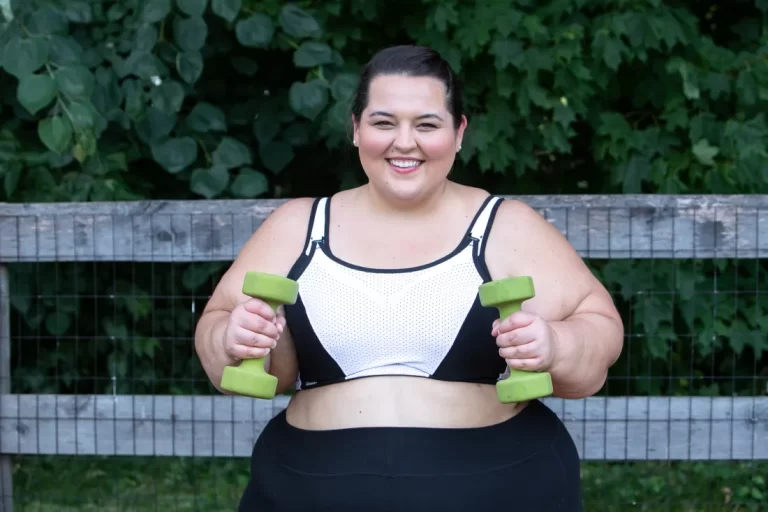How To Make Medieval Clothes: I The Tunics
Even if it’s a little late for the season of re-enactment events and medieval markets, at least that way you can take advantage of these autumn/winter evenings that have just suddenly appeared. Let’s see how to make tunics?
Why bother making your own clothes? For three reasons:
One, because generally, you will not find in your city something that is not the typical costume of synthetic fabric, shiny and that does not last more than one day in its entirety. In costume shops, they sell just that, costumes. If you aspire to be more authentic (and comfortable, warm, different, and many other things), you have to discard this option and dress up, not dress up.
Two: Because there are stores (especially online) where you can buy authentic clothes both in fabric and pattern. Problem: The price, and that it will not be as you want or there will be more people with exactly the same.
And three: Because if you want a specific model, with a specific cut, or you pay a fortune and have to explain countless details, with the risk that the result will not be what you expected, or you take the risk and do it yourself, which may not be either. It comes out as you wanted, but you learn something… and the price can even be lower than that of a commercial costume, one of those sold by Medieval Factory, for example.
I want to make it clear that this is only a guide to make more historical but simple costumes for events such as medieval markets, and performances… without going into details, chronologies, etc, because for that I already indicate in the reference library (top right) books specialized where to find information.
NOTE: I recommend putting the wedges on the bottom at the waist, so it doesn’t get in the way of movement (like a pencil skirt, come on). The longer it is, the more important it is.
Measures:
First of all, remember that the tunic should be loose and not tight. It already fits with the belt, and it is also multi-size. If done like this, there is no way to fail. If any part is too long (sleeves, hem) it can always be cut at the end. The important measures are:
- A: from shoulder to shoulder, because this will tell what the minimum width of the centerpiece of fabric is. It always has to have more width, to make it more comfortable.
- B: From wrist to wrist, with the arms crossed: length of the sleeves attached to the body of the tunic.
- C: from shoulder to chest, for the initial width of the sleeve. Depending on the model of this, it can be adjusted more towards the wrist.
FINAL NOTE
Probably if you know about sewing (or you can ask someone who knows) you will know different ways to take the measurements that best fit each one. This is a very basic tutorial for someone who has never made a garment like this before. If you have more ambition or experience, the Internet especially beautiful connection group very helpful to provide you with information on tunics as well as on internet is full of free or paid patterns much more detailed (and complicated) than this one.
Check Out Our Blog: It’s Been 30 Years Already?






